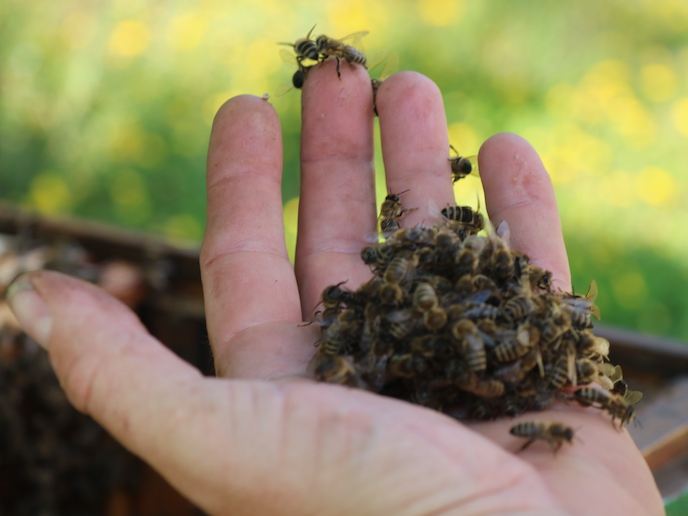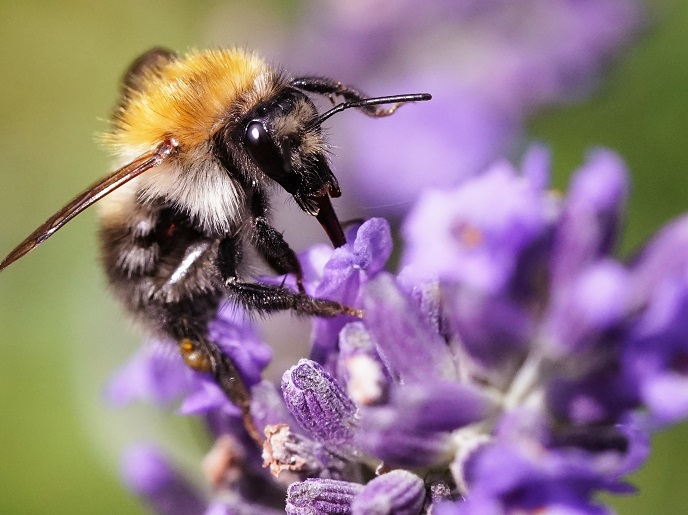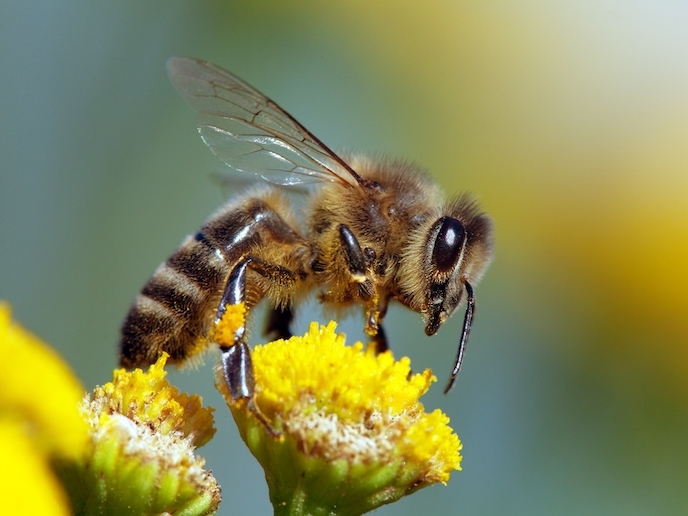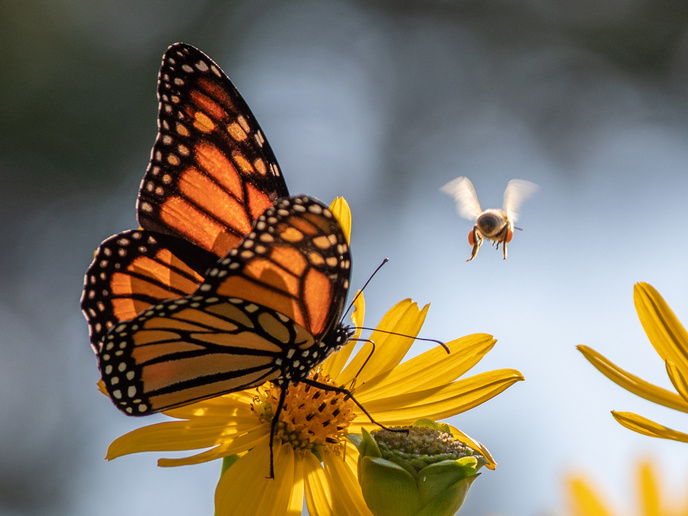Frequency generator helps protect honeybee colonies
According to European Parliament research, there are 600 000 beekeepers maintaining around 16 million beehives(opens in new window). Their efforts help ensure the natural pollination of crops and wild plants, contributing to environmental protection, food security and rural development. Yet, in terms of honeybee populations, stress factors have contributed to their widely reported declining numbers. The excessive use of agricultural chemicals have been lethal to colonies, with diseases and parasites compounding the damage. Varroa destructor(opens in new window) (the bee tick) is considered the most harmful honeybee parasite, which is now causing a global epidemic. The EU-supported FOG project has developed a frequency generator which emits a signal lethal to target organisms, such as V. destructor, and so can protect bee colonies, and other animals, against various types of fungi and fungi parasites.
Generating the frequency
“The basis of our invention was a chemical-free solution that wouldn’t jeopardise our health or that of the bees. We knew that certain frequencies can harm living organisms under certain circumstances, and conversely some can help, so we started to experiment with V. destructor,” explains Milan Kysel, project coordinator. The basis of the FOG solution is controller software. This monitors and assesses the status of ambient parameters like temperature, lighting conditions, etc. and then sends the results to a frequency generator module. This module interprets the information to calculate the necessary variables, including target range, and the timing of electric, acoustic and vibration signals. The signal is then transmitted to plants, animals, soil, etc. to fight the target mould or parasites. The FOG device can be easily inserted into existing hives without the need for customisation. The size of the generator itself has been specially designed to be accommodated by the widest possible range of hive sizes.
Getting it right
To date, testing the impact of the FOG generator on hives has been carried out in several locations and on several bee colonies, within a range of external influences. “These tests have indicated that we need to further understand how FOG affects the long-term fertility of the queen bee. We were surprised by the impact of different frequencies on bee behaviour, which reinforces how fragile and vulnerable they are,” says Kysel. “So we won’t start the series production of FOG until we are absolutely sure that we won’t cause more harm than good.” The team are currently working towards assembly of the equipment necessary to further test the impact of FOG on the longevity and fertility of the queen bee. This phase is anticipated to take around 2 years to complete, after which the team will have to complete the certification process and have the device approved by the necessary veterinary authorities.







